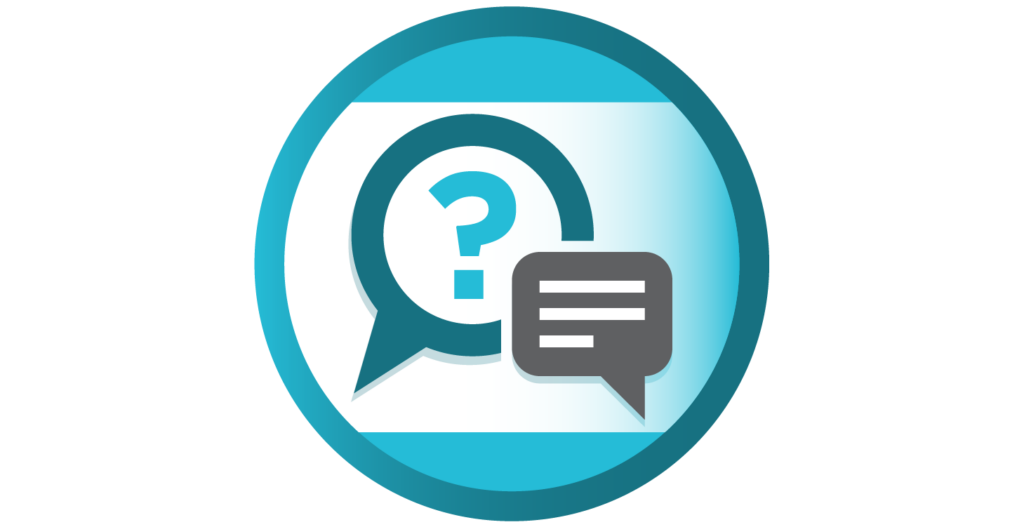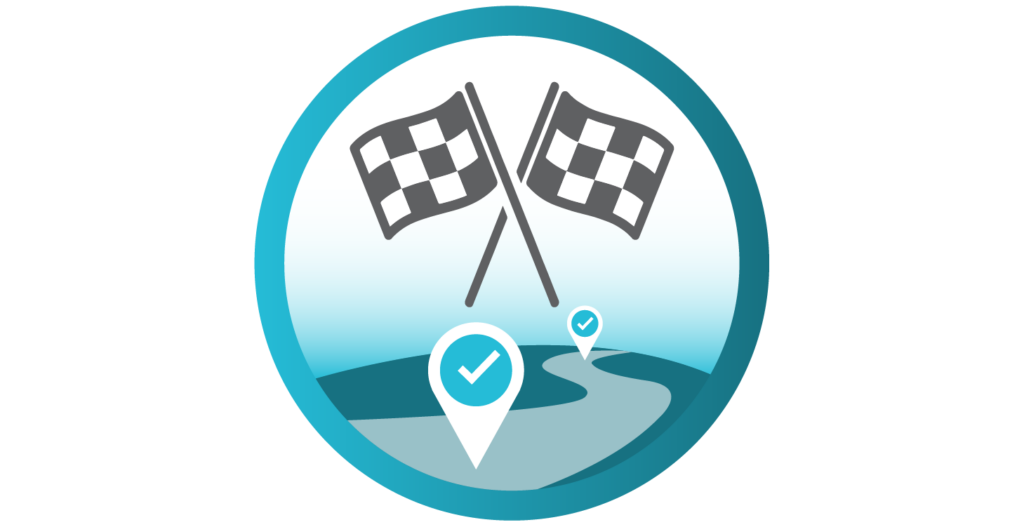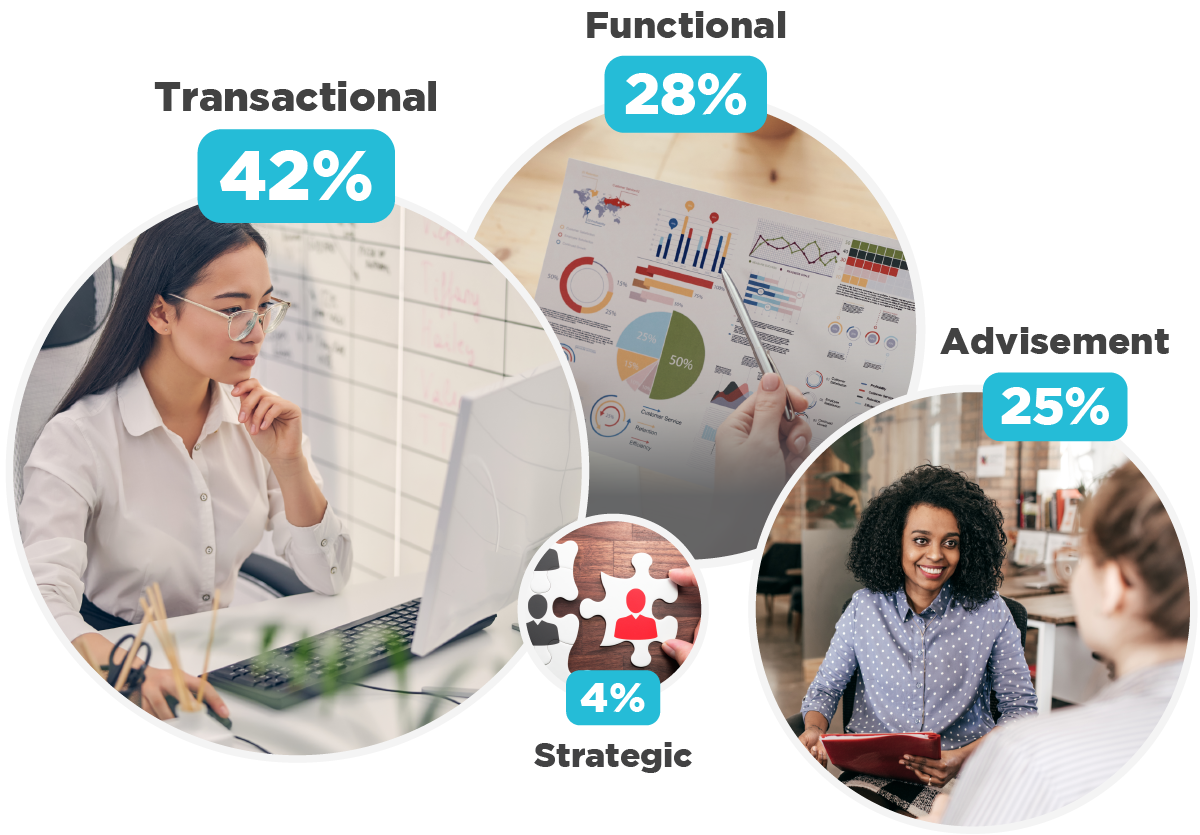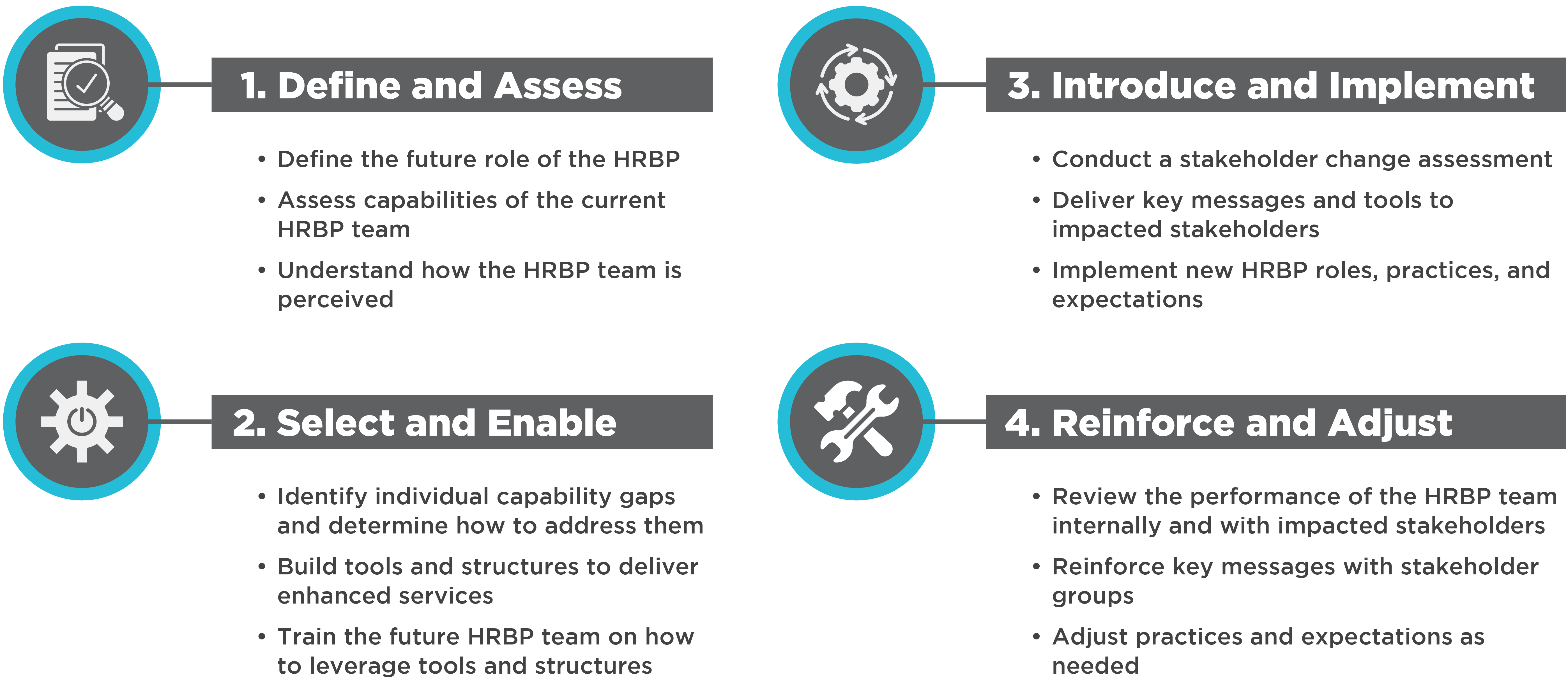
At their core, HR Business Partners (HRBPs) are people-oriented—they thrive at building personal relationships and helping to resolve urgent needs.
Unfortunately, these competencies are a double-edged sword for many HRBPs. Their strengths have led them to serve as firefighters rather than strategic thinkers and consultative partners. This puts the traditional role of the HRBP at odds with what business leaders now expect HR to deliver.
In short, the skills that made HRBPs successful in the past are not what will make them successful in the future. Now is the time for HR leaders to reimagine the role of the HRBP.

Today’s HRBPs need to think through and facilitate challenging topics, such as building leadership capabilities, aligning talent needs with business goals, addressing return-to-work plans, preparing for future black swan events, and more. Since the role’s inception more than 30 years ago, here is how it has evolved:

Activities
Key Competencies*
*Note: Competencies are from the SHRM HR Competency Model

Activities
Key Competencies

Activities
Key Competencies

They spend nearly half of their time on transactional activities and less than 5% of their time working with leaders on people-related strategies. Given the talent challenges in today’s marketplace, many leaders now expect the inverse of their HRBPs.

As a result of often supplementing the work of the other HR teams (e.g., transactions, functional work), HRBPs often find themselves lacking in the areas in which they are now expected to excel – cultural effectiveness, business acumen, and critical evaluation.
To illustrate these common competency gaps, ScottMadden compiled cross-industry data from its HR Competency Builder which assesses skills and competencies across HR teams. Four key themes emerged when comparing HRBP competencies to those of their counterparts in other HR teams.

ScottMadden has an arsenal of tools and services to help you align with business strategy and to drive organizational success. Click on the links below for more information on our products and services.

Sussex Economic Advisors is now part of ScottMadden. We invite you to learn more about our expanded firm. Please use the Contact Us form to request additional information.